Up Next

Beneath the surface of the varying competitive order of the top four cars at the Bahrain Grand Prix between FP1 and qualifying a lot was going on. For once even the top teams were not fully in control of their environment – and that environment kept changing.
The Welsh stone within Bahrain’s Sakhir circuit’s surface is the most abrasive of the whole season. The track has not been resurfaced since new in 2004 and as it’s wearing down over time it’s becoming more sensitive than ever.
The track is already volatile through the wild differences seen in temperatures and wind just during the course of a normal day. But into the equation now must also be fed the greater sensitivity of its surface.
But perhaps an even bigger disruptor is the new front Pirelli, a far stronger, grippier tyre than before, so making the cars more naturally oversteery – or at least less understeery.
But at Sakhir you have to introduce a measure of understeer in order to protect the rears which are subject to severe stress here. So in trying to engineer-in understeer the teams are moving further away from the car’s natural balance than was the case last year. That makes getting the compromise right between qualifying and race pace even trickier.
The car now errs naturally more towards qualifying (where an oversteer balance is generally faster) and away from the race (where an understeer balance will bring you better stint pace) compared to last year.
This has made for two seriously difficult puzzles for the teams to solve. Firstly, the track was way different to just a week ago and so much of the fine-honing of testing was rendered less relevant than expected. Secondly, because the compromise between qualifying and race balance is different this year, trying to predict where best to pitch the car balance is not a straightforward task.
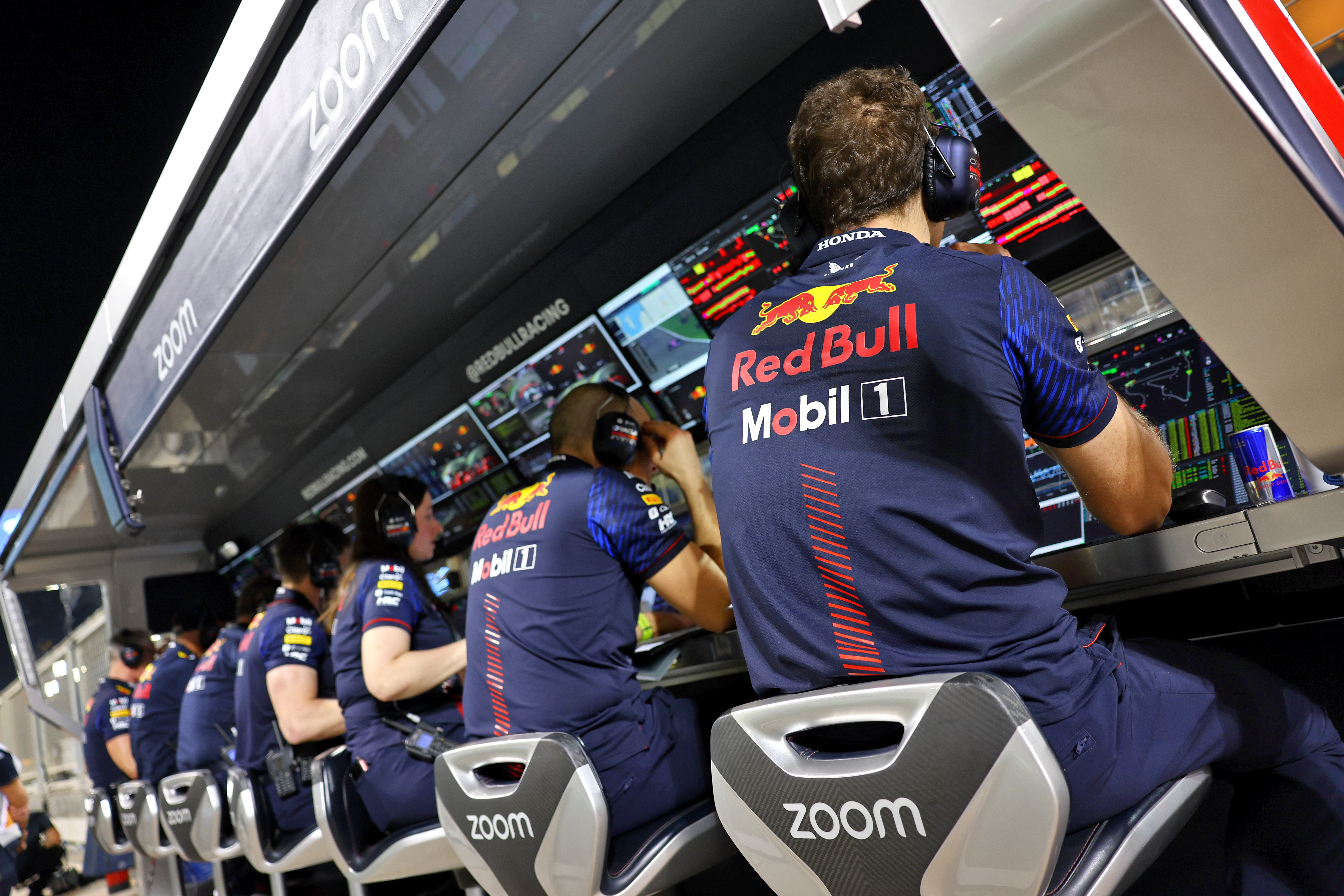
So the top four teams of Red Bull, Ferrari, Aston Martin and Mercedes have wrestled with these conundrums within a constantly-changing environment: the natural differences in track grip here between a run in FP1 and FP3 on a track of 42C and the 23C seen in the floodlit dusk of FP2 and qualifying. Then the wind direction influenced by the tides of the nearby sea.
Now on top of all that, the new tyre means the car balance is changing more in reaction to changes in the track’s grip level which itself is changing more than before! This has made the relative form of these four cars extremely volatile over the weekend so far.
The Red Bull, which had looked comfortably fastest in testing, was suddenly wayward on Friday morning and only gradually less so into the evening of FP2. In simplistic terms as the track grip increased in the cool of the evening, so the balance moved away from the initial oversteer to something more neutral. So that by the time of the FP2 long runs Max Verstappen was in good shape.
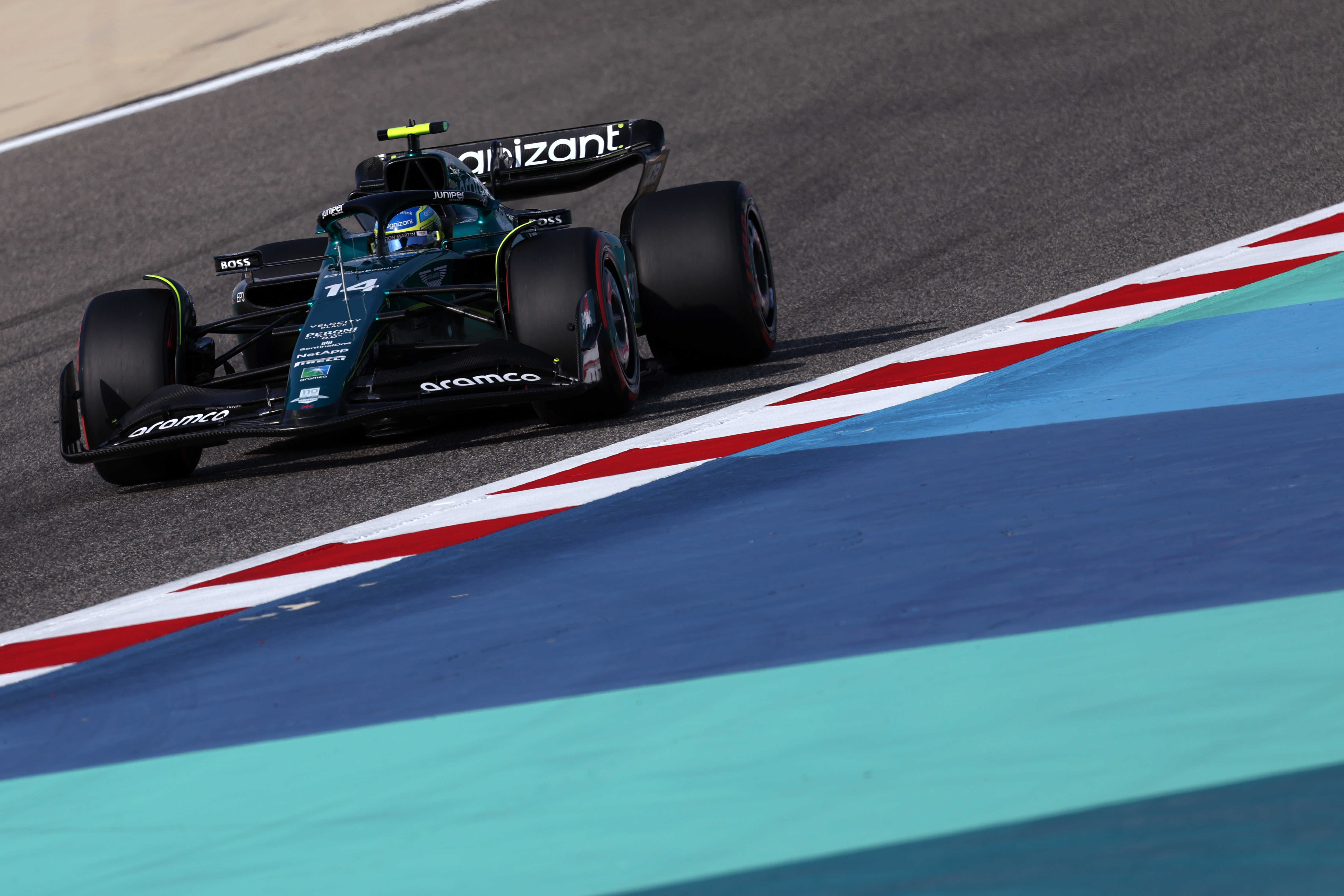
Come the low grip of the hot track in FP3, the imbalance returned and he was shaded to the best time by Fernando Alonso’s Aston Martin. But how much of that imbalance should they tune that out, given the anticipated change in track grip in the cool of qualifying?
This is an occupational hazard of any dusk race meeting, but this being the first time those adjustments have had to be anticipated with the new front tyre, they’re likely not made with so much confidence.
Asked how much he changed his set-up through the weekend, polesitter Verstappen replied: “A lot. I went left and right and back to the middle, found a bit of a compromise.
“It’s unusual you make such big changes but in qualifying that was probably the best balance I’ve had throughout the weekend so far. Race pace should normally be our strong point compared to one-lap pace so hopefully we can show that.”
“The balance has been really different from testing,” added second-fastest Sergio Perez. “We’d done lots of kilometres here but then we arrive here to find it very different. We’ve been making massive changes.
“I think in the end we knew we had to compromise the quali pace for tomorrow’s race…. We don’t fully understand why there was so much variation but after the weekend I think we’ll have more of an idea.”
Ferrari’s Charles Leclerc qualified third, having made only one run in Q3. This was very much a strategic choice. That first run had him within a tenth-and-a-half of Verstappen and with the track getting quicker as it cooled, sitting out the final run cost him a place to Perez.
“I’d rather start third with a fresh set of tyres,” Leclerc said, “than second with an old set.”
It was a choice made logical by the way the Ferrari was degrading its rear tyres so much faster than the Red Bull and Aston Martin. In the long runs of FP2, driving to the same rear tyre temperature margins, he had to lap 0.7s slower than Verstappen and 0.5s slower than Alonso.
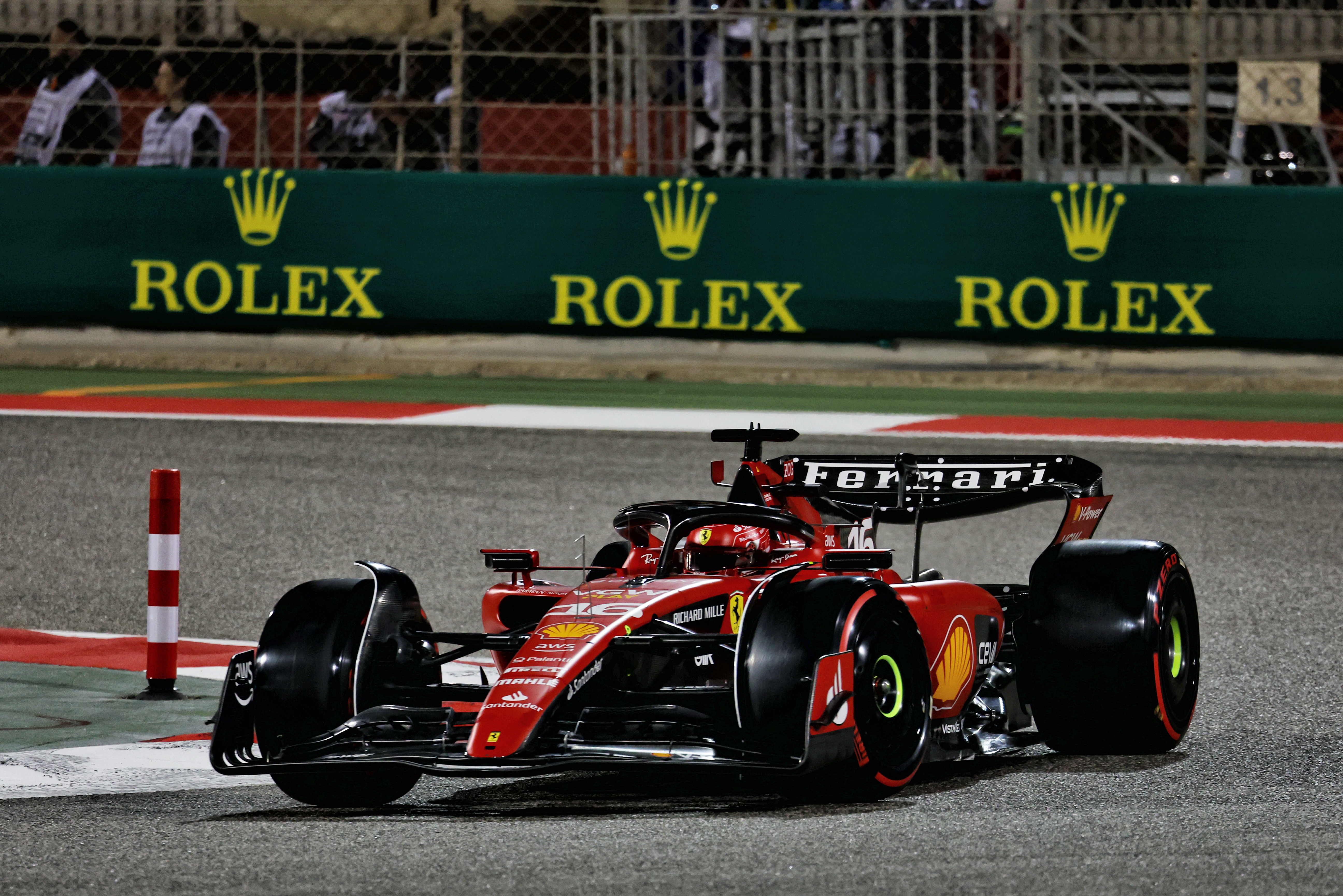
Its natural balance seems more oversteery than either of those cars – and that’s a tyre killer around this place where the rears get no chance to recover from the sustained high lateral loads of the long, fast Turns 5/6/7 before they have to then provide traction out of two successive hairpins and have not recovered by the time they are loaded up hard laterally through Turns 11, 12 and 13 – fast and long corners all.
It meant the Ferrari was probably flattered in qualifying, because that slight oversteer balance tends to be better over a lap than the understeer Red Bull and Aston Martin were able to dial in so as to protect the rears for race day.
Carlos Sainz fell foul of the Ferrari’s snappy rear end through Turn 6 on his first Q3 lap, meaning he didn’t really have the luxury of not going back out. The second Q3 run brought him up to fourth – knocking Alonso’s Aston Martin back a place – but it will likely have to be paid for in the race, with one set of new tyres fewer.
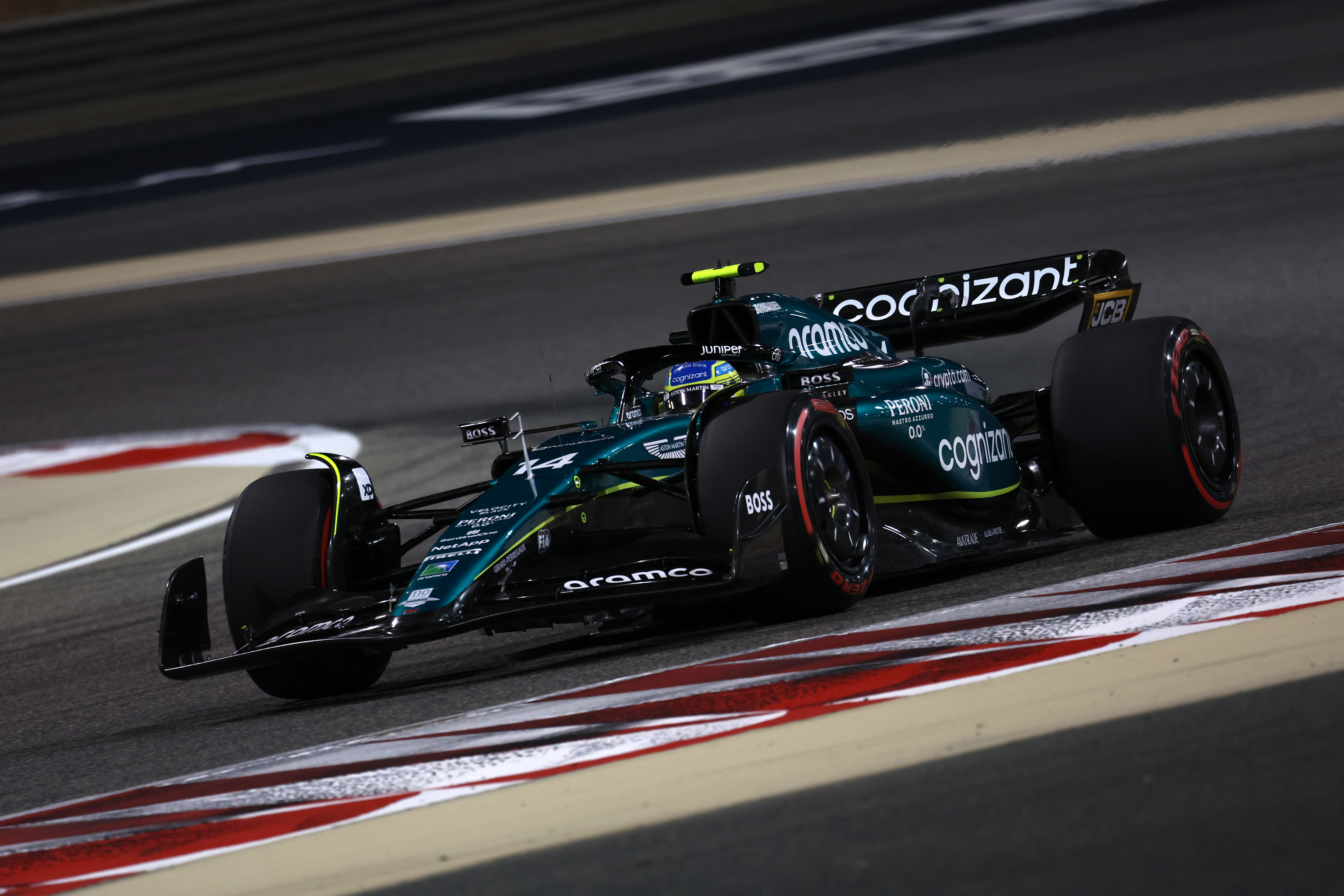
Alonso also made only one run, also in the interests of saving tyres. Aston Martin’s pace wasn’t so outstanding as in the practices when he’d been able to get among the Red Bulls. As he completed his Q3 lap it was just over 0.3s shy of Verstappen’s first run, with the Red Bull subsequently trimming a further couple of tenths off on the faster surface of his final run.
So had the Aston been running a lighter fuel load in the practices? Possibly. The 0.3s he was shy of Verstappen with both on the same load in qualifying would be roughly equivalent to 10kg of difference he might have been running through practice. But it might also be that Aston Martin has been more extreme in protecting its tyres for race day – which around here will bleed laptime in qualifying.
Certainly the Ferrari drivers do not sound confident they will be able to hold off Alonso in the race. Even at Red Bull there is a concern. Perez spent many years at what’s now Aston Martin in its previous guises and knows the expertise it has regarding tyre management.
“I’d expect them to be in the fight for the race,” he said. “They are very good on tyres, I know from my time there. I know Jun [Matsuzaki, ex-Bridgestone engineer] and he’s a good guy.
“They have been generally very good with the tyres. I think it’s one of the strongest points of them. They rely a lot on that. When I was there the way they operated was always biased towards the race day. Tomorrow I think we can expect a very strong Aston Martin.”
At Mercedes, George Russell and Lewis Hamilton (sixth and seventh respectively) also made only one Q3 each for the gold dust of race day tyre life. After big changes between Friday and Saturday the W14 was actually working quite well on the hot track of FP3, a session in which Hamilton had lapped to within a couple of tenths of Verstappen.
But while the Mercedes’ trait of bringing its tyres up to temperature more slowly than the others was an asset on the hot track, it was a liability in the cooler conditions of qualifying. Its long run pace in FP2 looked poor – 0.5s off even Ferrari. But that was before the set-up changes had been made, so perhaps it may not be such a disaster in the race.
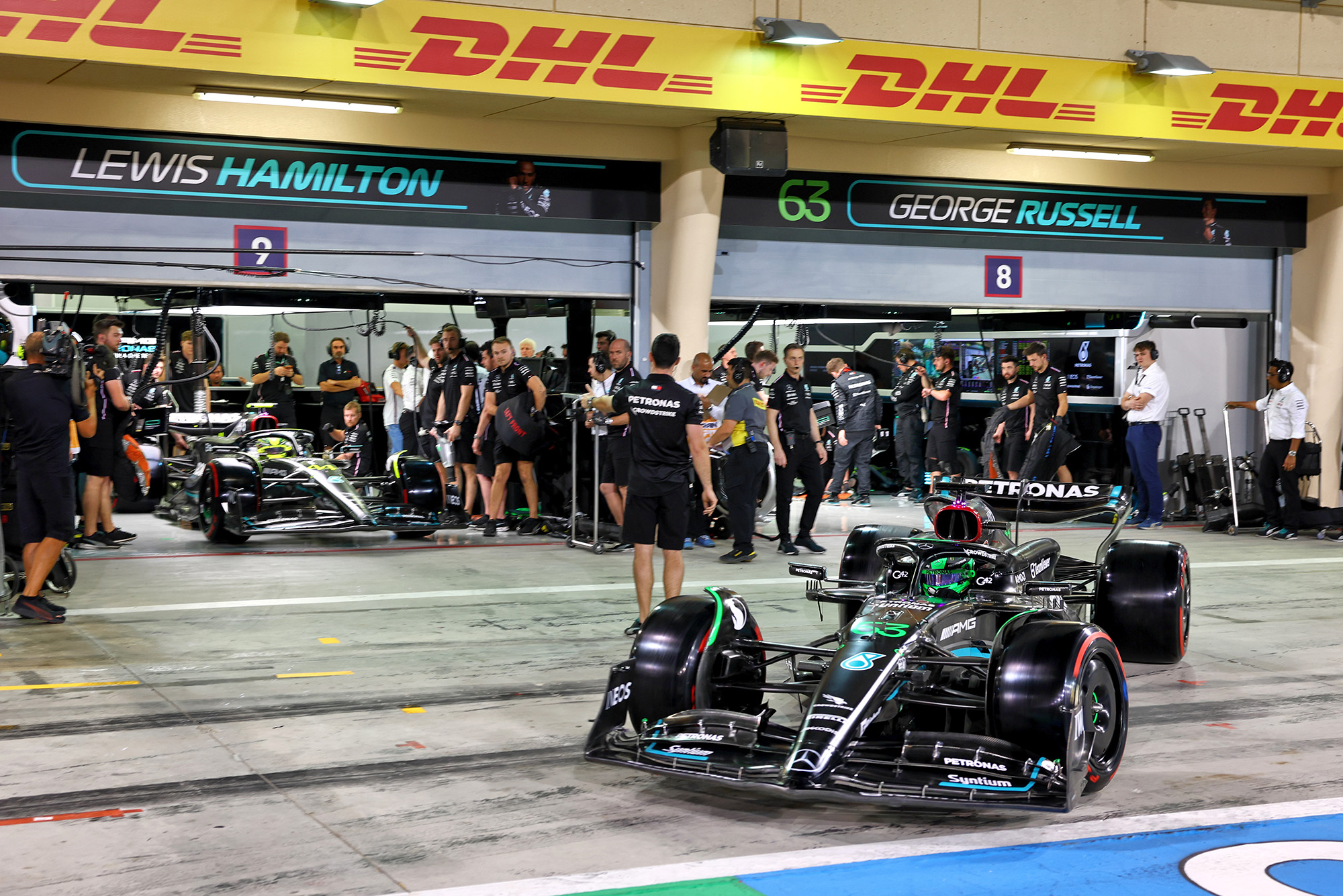
While the unusual demands of this place and how they impose a very high level of thermal degradation of the tyres have played a key part in setting the competitive order between the cars, that degradation rate can also mean a safety car could have an even more extreme influence on the outcome on race day. The difference between a new set of tyres fitted at an opportune time by the chaser compared to older tyres of the chased can completely turn that competitive order on its head.
So while Sunday will reveal who has best solved the set-up conundrum, the outcome has a greater chance than usual of being randomised.







